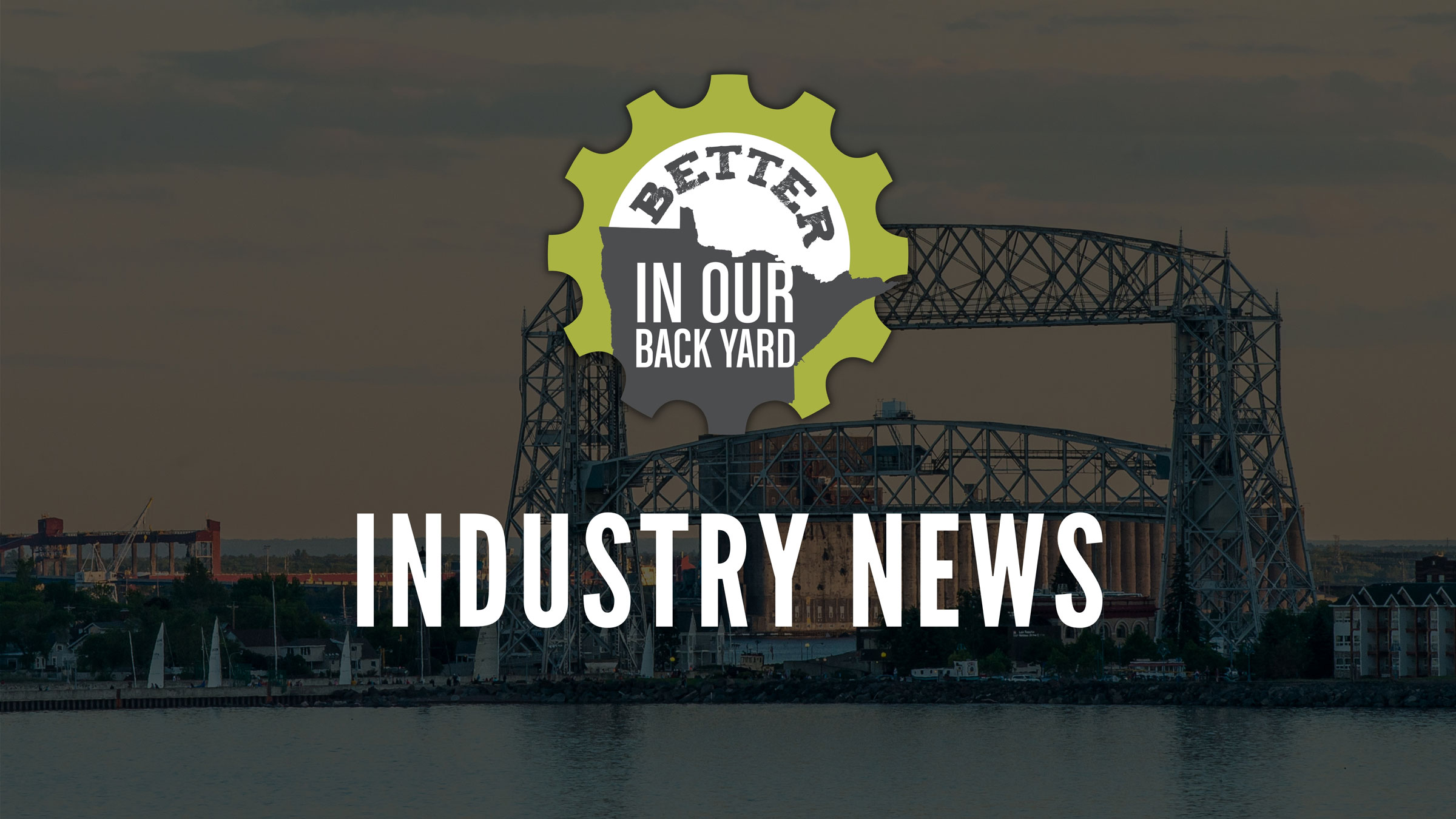Thousands of mining professionals and students from around the world will be convening in Minneapolis this week for the National Society for Mining, Metallurgy & Exploration (SME) Conference.
The conference taking place from February 25 to 28, largely at the Minneapolis Convention Center, features an exhibit hall with more than 700 booths, more than 100 technical sessions, a symposium on North American iron ore and many other events. This is the first time this conference is being held in Minneapolis – what a great opportunity to have right in our back yard.
Attendees come from a range of backgrounds including: metal mining, manufacturing, geology, environmental, construction, and more. All told, 49 U.S. states and 35 countries will be represented at the conference.
The conference theme, “Vision, Innovation and Identity: Step Change for a Sustainable Future,” will address the continuing need for innovation throughout the industry.
The theme and location provide a unique opportunity to showcase the past, present, and future of Minnesota’s 130+ year iron mining industry, as well as the potential for different types of mining – including, of course, copper nickel mining. Representatives from iron mining and copper nickel mining will be staffing booths, teaching technical sessions, and hosting events.
Some key Minnesota-backed events include:
- Northern Minnesota SME Curling Reception
- Northern Minnesota Field Trip – including tours and/or presentations of Hibbing Taconite, PolyMet, Minnesota Discovery Center, Duluth Port Authority and more
- Move Mining Event: Move Mining is a program that stems from the idea to change or “move” the perception of mining in the public eye by encouraging individuals and teams to use their innovation and ideas, with the support of our sponsoring organizations, to share their positive messaging about mining with the world
- Mining and Exploration Luncheon, sponsored by the Iron Mining Association of Minnesota (IMA)
- Friends of Minnesota Reception, sponsored by Mining Minnesota, IMA, and SME’s Minnesota Chapter
Those who work in Minnesota’s mining industries have a wealth of knowledge to share on operating in a sustainable way. Minnesota has some of the strongest environmental regulations in the nation – maybe the world. Former Minnesota iron mines are now used as sources of drinking water for Iron Range cities as well as swimming and fishing lakes, and other recreation sites.
There is always more to learn, so Minnesota participants are looking forward to technical sessions, short courses, and field trips focused on environment, health and safety, energy, mineral processing, finance, and more.
To learn more about the upcoming national conference, visit http://www.smeannualconference.com or Move Mining visit http://www.movemining.org/ .
